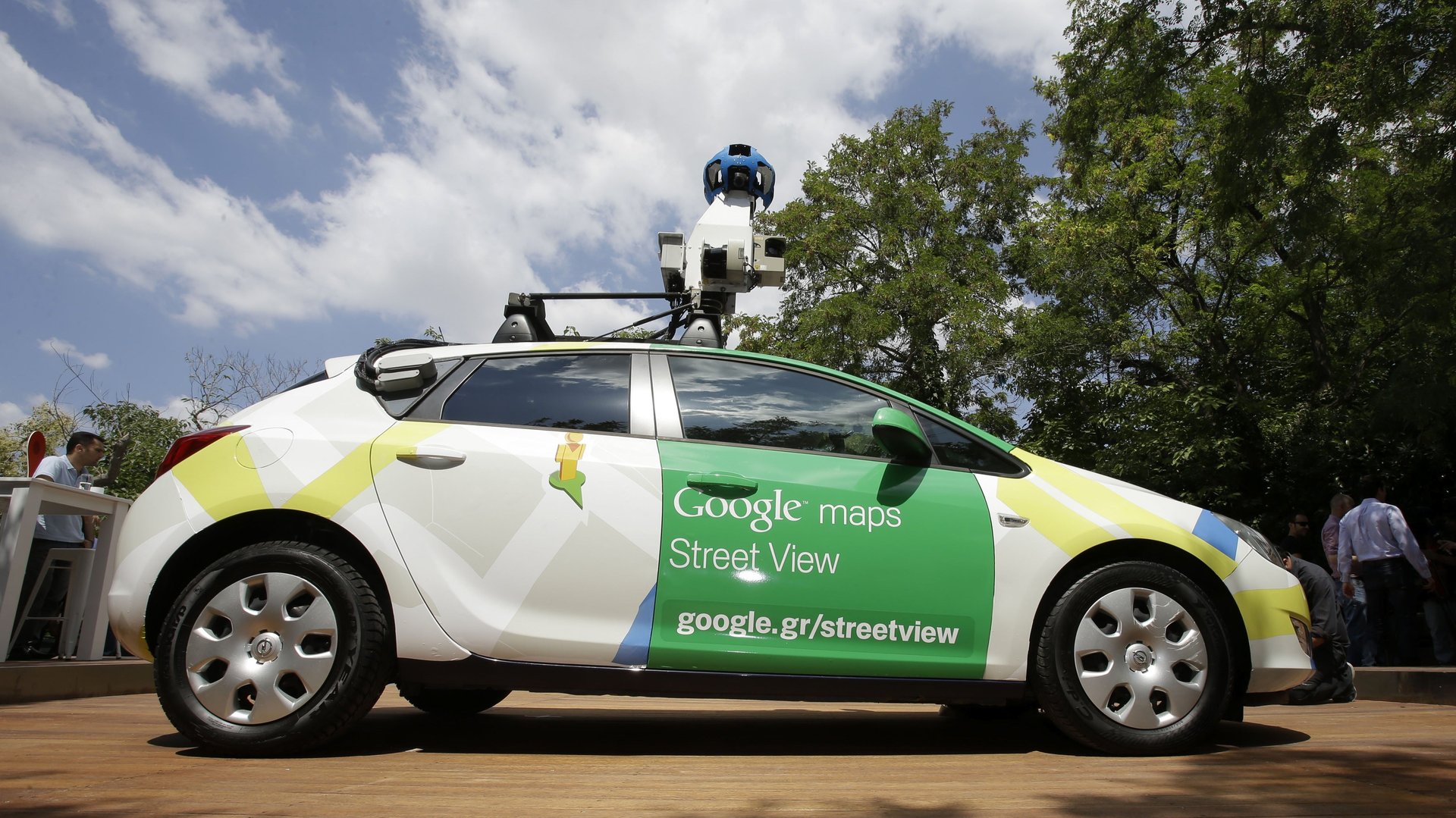Scientists have created a Google Maps for the human body
This post has been corrected.


This post has been corrected.
Biomedical engineer Melissa Knothe Tate has always thought of the human body as an ecosystem, a world to be discovered. Now, she and a team of researchers have come up with a way to navigate that interior world using Google Maps technology.
A few years ago, Knothe Tate was on a bus in Germany with a fellow scientist, who told her about an imaging technology that would allow for millions of microscopic images of an area, Knothe Tate tells Quartz. For example, Knothe Tate focuses on osteoporosis and arthritis, so the technology allowed her to take part of a patient’s hip joint, and cull millions of highly detailed images that show how the cells and organs interact.
Other imaging technologies, such as MRI, aren’t as detailed as this one, Knothe Tate tells Quartz. “MRI is the equivalent of looking at the map of the United States or a map of Europe, where you see the individual country borders,” Knothe Tate says. ”[With] this you see the individual inhabitants within the cities and the countries.”
The challenge is how to stitch those incredibly detailed images together so that scientists could interact with them, and see all those biological inhabitants.
That’s where Google Maps came in. The team of researchers at the University of New South Wales, in partnership with some other universities, took apart the Google Map app and used the algorithms to allow zooming into a specific spot.
Knothe Tate can see the cracks in the bone at a macro level, then zoom in to look at the weak connections in the blood vessels that have led to the patient’s osteoarthritis, she says.
The technology does not allow a view of the whole body at once, at least not yet. Researchers at Harvard and in Germany are using similar techniques to map neural networks in the brain, but this is the first time that it has been used on humans, Knothe Tate says.
Correction (April 2): An earlier version of this post misstated the size of the bone that the researchers imaged.